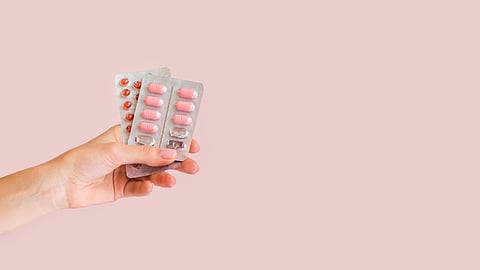The “pink pill” made for women’s sexual health, sounds almost unreal, right?
But it has come true, the FDA-approved drug is rewriting the way we talk about women’s desire.
We’re finally living in an era where women don’t need to hide, minimize, or feel ashamed of their sexual needs. For decades, sexual health revolved around men and taking a pill to enhance desire was a luxury reserved only for them. But with Addyi, often called the pink pill, women finally stepped into that conversation.
ow libido in women wasn’t seen as a treatable medical concern, it was brushed off as “stress,” “mood,” or simply “normal.” That changed in August 2015, when the FDA approved Addyi (flibanserin), the first-ever medication specifically designed to treat female sexual interest/arousal disorder (FSIAD).
It was more than a pharmaceutical milestone but was a cultural shift.
A breakthrough born not just from demand, but from decades of scientific persistence, clinical trials, and a recognition of a very real, deeply unmet need.


